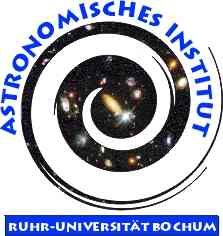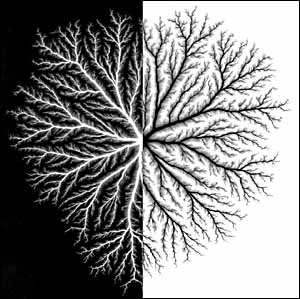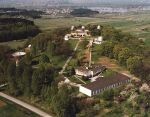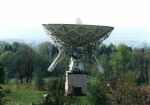 |
 |
 |
 |
| SFB 591 |
September 27 - October 01, 2004
|
THE MAGNETIZED PLASMA IN GALAXY EVOLUTION | ||||||
| Jagiellonian University, Cracow,
Poland September 27 - October 01, 2004 |
All contributions are available from .
| The Jagiellonian University and its traditions | ||
| The Jagiellonian University is one of the oldest in Europe. It was founded
in 1364 by King Casimir the Great, who performed great
reforms in Poland: a popular proverb says that "He found Poland made of
wood and left it made of bricks". In fact his reign was a period of
a great political and economic consolidation after two dark centuries of
internal
divisions and dynastic wars. Most of the towns gained solid city walls,
and gothic churches and castles were built across the country. One of the
important tasks was
the consolidation and unification of regional and traditional laws: one major
aim of the University was to educate the body of lawyers needed for this
important task.
After the premature death of the king in 1370, the University went into a period of stagnation and degradation until about 1400. Then Queen Jadwiga dying young after the birth of a daughter made a large donation for the restoration of the University, which then entered its golden era. In the 15th century the Jagiellonian University joined the small group of Universities worldwide in which mathematics and astronomy were the leading faculties. By the end of that century, the University had a famous student: Nicolas Copernicus. In the 19th century, when Poland was occupied by neighbouring Empires, the University of Cracow was lucky to continue these traditions retaining the Polish language and being a centre for Polish science and culture. | ||
| Astronomical Observatory | ||
| At the end of 18th century one of two famous brothers, Jan Sniadecki, mathematician and astronomer became a professor of the Jagiellonian University. In 1791 he founded the Astronomical Observatory in the outskirts (at that time) of Cracow. Sniadecki's observational diary from 1792 can still be seen in the Observatory Library. The building still exists, though no astronomical facilities are present anymore. |  | |
 |
Over a period of centuries the Observatory became gradually engulfed in the expanding town. Observing conditions were already so bad in the 1930s that an observing station at Mt. Lubomir was founded. It was completely destroyed by fire during World War II. Shortly after the war, in 1953, an old Austrian fort called "Fort Skala" (Fort Rock), was donated to the Jagiellonian University by the Polish Army as an observing station. | |
| In 1954 pioneering radio observations of the solar eclipse were made there, and in 1957 the radio telescope constructed for that purpose started its regular multi-frequency monitoring of the solar radio emission, continued in a systematic way until the present. | 
| |
 |
In the early 1960s the Observatory got more instrumentation in addition to its historical 19th century equipment: the 15m radio telescope (now used to train students), the 32 cm Maksutov telescope and a 50 cm Cassegrain reflector. The latter, now furnished with a modern CCD camera, works actively in the fields of variable stars, spectrophotometry of comets and also for experiments with speckle interferometry. This site became the main location of the Astronomical Observatory in the 1970s. |  |
The present-day Observatory
conducts modern astrophysical research in four departments:
| ||
page design © 2004 Tomasz Kundera